




p>Merino wool has gained popularity in recent years due to its natural, breathable, and temperature-regulating properties. Many people enjoy wearing merino wool garments for their softness, warmth, and ability to wick away moisture. However, one question that often arises is whether or not merino wool can shrink in the dryer.
Merino wool is known for its unique structure, which consists of fine, soft fibers that are tightly crimped. These fibers allow merino wool to trap air, creating an insulating layer that helps to regulate body temperature. However, this same structure also makes merino wool more susceptible to shrinking when exposed to heat and agitation, such as in a dryer.
When merino wool is subjected to heat and moisture, such as in a dryer, the fibers can become weakened and lose their elasticity. This can cause the wool to shrink and become misshapen. Additionally, the agitation in the dryer can cause the fibers to tangle and clump together, further contributing to shrinkage and distortion of the fabric.
It is important to note that not all merino wool fabrics will shrink in the dryer. Some brands may pre-treat their merino wool to make it more resistant to shrinking, while others may recommend hand-washing or air-drying to preserve the garment’s shape and size. Overall, it is best to consult the care instructions provided by the manufacturer to determine the recommended method of drying for your merino wool garments.
So, does merino wool shrink in the dryer? The answer is: it depends. While merino wool is more prone to shrinking than other types of wool, the extent of shrinkage can vary depending on the specific fabric and how it was manufactured. To ensure that your merino wool garments maintain their shape and size, it is recommended to follow the care instructions provided by the manufacturer and, if in doubt, opt for hand-washing and air-drying instead of using a dryer.
Understanding Merino Wool Fabrics
Merino wool is a type of wool that comes from Merino sheep. It is known for its exceptional softness, warmth, and natural moisture-wicking properties. Merino wool is highly prized in the textile industry for its unique characteristics and is used to make a wide range of high-quality garments and accessories.
Characteristics of Merino Wool
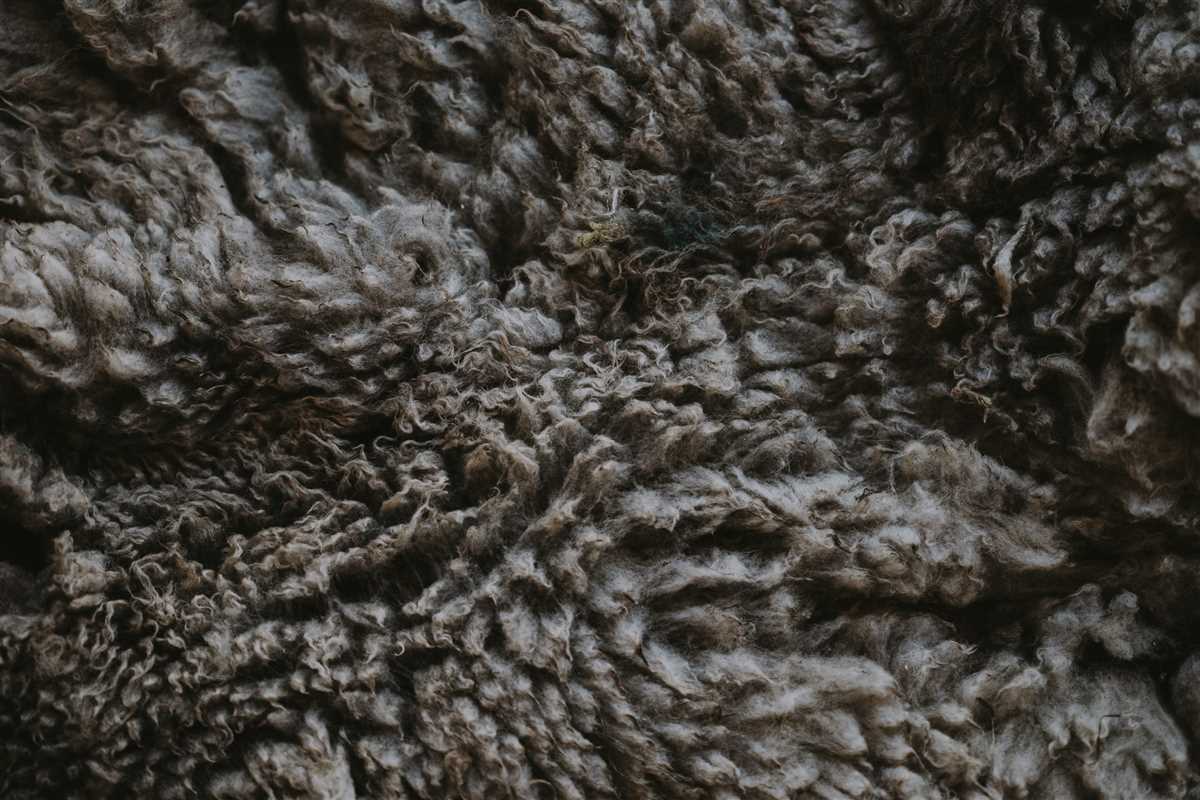
- Softness: Merino wool is incredibly soft and gentle on the skin, making it a popular choice for clothing items such as sweaters, scarves, and base layers.
- Warmth: Despite its lightweight and thin nature, Merino wool is highly insulating and provides excellent warmth in cold weather conditions.
- Moisture-wicking: Merino wool has natural moisture-wicking properties, meaning it can absorb moisture from the skin and release it into the air, keeping the wearer dry and comfortable.
- Breathability: The natural fibers of Merino wool allow air to circulate, making it breathable and preventing overheating.
- Odor resistance: Merino wool contains lanolin, a natural substance that has antibacterial properties, helping to prevent the growth of odor-causing bacteria.
Uses of Merino Wool Fabrics
Merino wool fabrics are used in a wide range of products, including:
- Base layers: Merino wool base layers are popular among outdoor enthusiasts as they provide warmth, breathability, and moisture-wicking capabilities.
- Sweaters and cardigans: The softness and warmth of Merino wool make it a popular choice for cozy sweaters and cardigans.
- Socks: Merino wool socks are highly sought after due to their comfort, warmth, and ability to keep feet dry.
- Hats and scarves: Merino wool hats and scarves are both fashionable and functional, providing warmth and protection from the cold.
- Active wear: Merino wool is often used in the production of activewear, such as leggings and tops, due to its moisture-wicking and odor-resistant properties.
Proper Care of Merino Wool Fabrics
To ensure the longevity of your Merino wool garments, it is essential to follow proper care instructions. Here are some tips:
- Hand wash or machine wash on a gentle cycle using cold water and a mild detergent specifically designed for wool.
- Avoid using bleach or fabric softeners, as these can damage the fibers.
- Do not wring or twist the fabric when drying.
- Lay flat to dry or hang it on a drying rack to maintain its shape.
- Avoid exposing Merino wool fabrics to direct sunlight for extended periods, as this can cause fading.
- Store your Merino wool garments in a clean, dry place, away from direct sunlight and moisture.
In conclusion
Merino wool fabrics are highly versatile and prized for their softness, warmth, moisture-wicking properties, and breathability. Understanding the characteristics of Merino wool and how to properly care for it will ensure that your garments last for a long time and continue to provide you with comfort and functionality.
Shrinking and Merino Wool
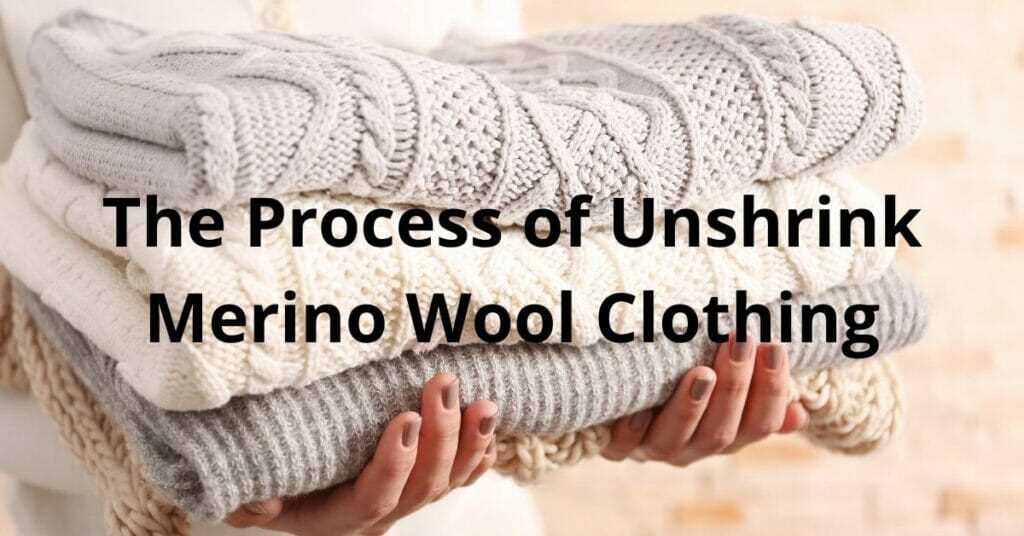
Merino wool is known for its softness, durability, and ability to regulate body temperature, making it a popular choice for clothing and accessories. However, like many natural fibers, merino wool has the potential to shrink when exposed to certain conditions, such as heat and agitation.
When merino wool is exposed to high temperatures, such as those found in a dryer, the fibers can contract and tighten, causing the fabric to shrink. This can result in a garment that no longer fits properly or is too small to wear.
To prevent shrinking, it is recommended to air dry merino wool garments by laying them flat on a clean, dry towel or hanging them on a clothesline. This allows the fabric to dry naturally without being exposed to the heat and agitation of a dryer.
In addition to heat, agitation can also contribute to the shrinking of merino wool. When items made from merino wool are agitated in a washing machine or dryer, the fibers can become tangled and matted, leading to a decrease in size. To avoid this, it is best to gently hand wash merino wool items or use a delicate cycle on a washing machine with a mild, wool-specific detergent.
It is important to note that not all merino wool fabrics will shrink in the dryer. Some merino wool products, such as those that have been pre-shrunk or have undergone a special treatment process, may be more resistant to shrinking. However, it is still recommended to follow the care instructions provided by the manufacturer to ensure the longevity and proper care of the merino wool item.
In conclusion, while merino wool is a versatile and high-quality fabric, it can shrink when exposed to high temperatures and agitation. To maintain the size and integrity of merino wool garments, it is best to air dry them or follow the manufacturer’s care instructions. By taking these precautions, you can enjoy the benefits of merino wool while ensuring that your garments fit and last for a long time.
Exploring the Effects of Drying on Merino Wool Fabrics
Introduction:
Many people rely on Merino wool fabrics for their softness, warmth, and moisture-wicking properties. However, one question that often arises is whether Merino wool can shrink in the dryer. In this article, we will explore the effects of drying on Merino wool fabrics and delve into the factors that contribute to shrinking.
Factors that Influence Shrinkage:
Several factors can contribute to the shrinkage of Merino wool fabrics when dried incorrectly:
- Heat: High temperatures can cause the wool fibers to contract, leading to shrinkage. It is important to ensure that the dryer is set to a low heat or delicate cycle when drying Merino wool.
- Mechanical Agitation: The tumbling action of the dryer can cause the fibers to rub against each other, resulting in shrinkage. Using a gentle cycle or placing the wool garments in a mesh bag can minimize this effect.
- Moisture: Excessive moisture can also contribute to shrinkage. It is crucial to remove the wool garments from the dryer while they are still slightly damp to prevent further shrinking.
Tips for Drying Merino Wool Fabrics:
Here are some tips to help you properly dry Merino wool fabrics:
- Read the care instructions: Always check the care label on your Merino wool garments for specific drying instructions. Some garments may require air drying instead of machine drying.
- Use a low-heat setting: Set your dryer to a low heat or delicate cycle to minimize the risk of shrinkage.
- Avoid excessive agitation: Place wool garments in a mesh bag or pillowcase to protect them from excessive tumbling and rubbing in the dryer.
- Remove while slightly damp: Take the garments out of the dryer while they are still slightly damp to prevent over-drying and further shrinkage. Lay them flat on a clean towel to air dry completely.
- Consider air drying: If possible, air-drying Merino wool garments is the safest option to minimize the risk of shrinkage. Lay them flat on a drying rack or clean, dry towel away from direct sunlight or heat sources.
Conclusion:

While Merino wool fabrics can shrink in the dryer if not dried properly, taking the necessary precautions can help minimize this risk. By following the tips mentioned above and understanding the factors that contribute to shrinkage, you can preserve the quality and fit of your Merino wool garments for a longer duration.
Factors That Influence Shrinkage
When it comes to the shrinkage of Merino wool in the dryer, several factors can influence the outcome. Understanding these factors can help you take the necessary precautions to minimize shrinkage and maintain the quality of your Merino wool fabrics.
1. Temperature
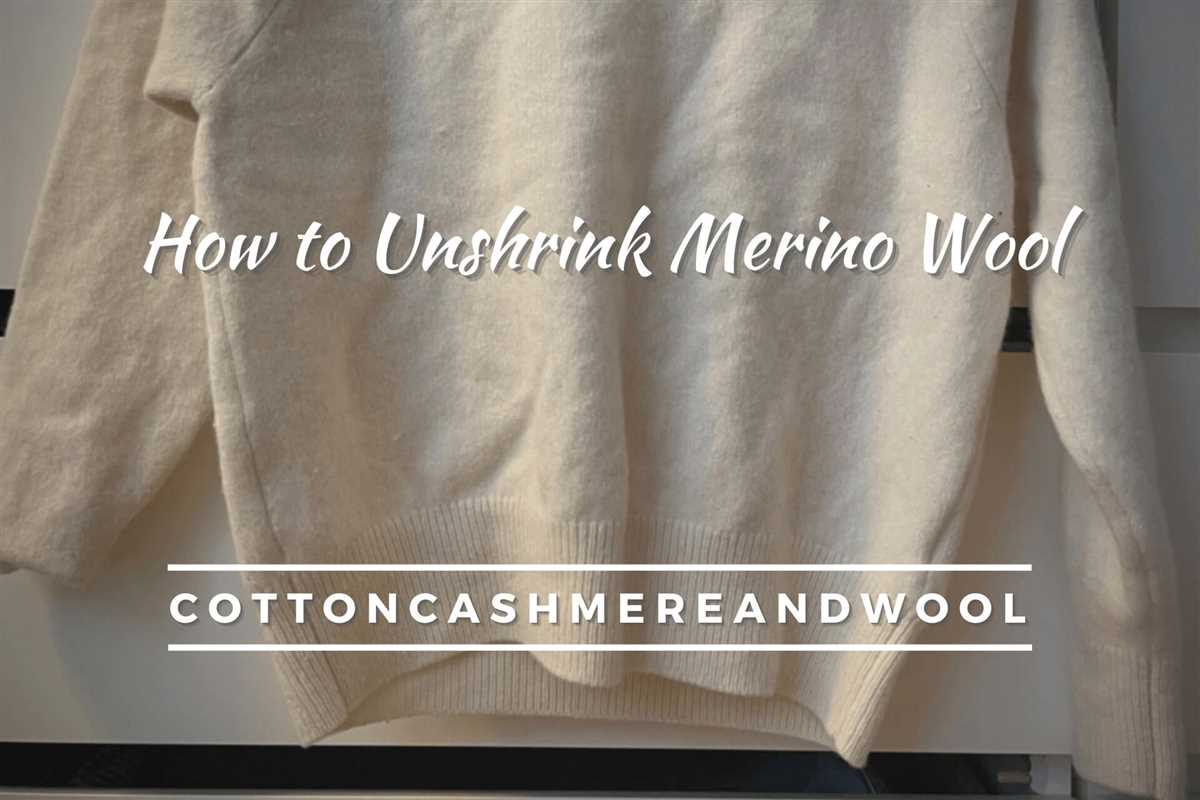
The temperature at which you dry your Merino wool garments plays a significant role in determining the extent of shrinkage. High heat can cause the wool fibers to contract, leading to shrinkage. It is recommended to dry your Merino wool fabrics at a low to medium temperature setting to minimize the risk of shrinkage.
2. Agitation
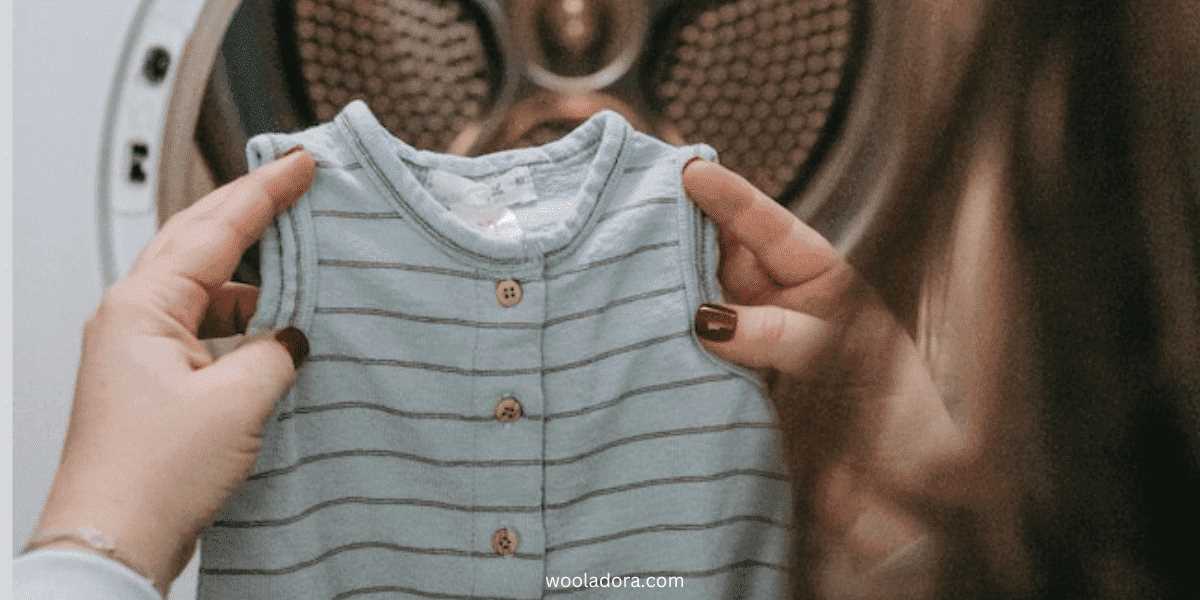
The agitation or movement of the fabric during the drying process can also contribute to shrinkage. Excessive movement can cause the wool fibers to rub against each other, leading to felting and shrinkage. To minimize agitation, use a gentle cycle or opt for air drying your Merino wool garments.
3. Moisture Content
The moisture content of the fabric before entering the dryer can also impact shrinkage. If the fabric is excessively wet, the heat from the dryer can cause rapid evaporation, leading to shrinkage. It is advisable to remove excess moisture from the fabric before placing it in the dryer.
4. Quality of the Wool
The quality of the Merino wool can also influence the susceptibility to shrinkage. Low-quality or poorly processed wool fibers may be more prone to shrinkage compared to high-quality ones. When purchasing Merino wool fabrics, ensure that they are made from reputable brands or sources known for their high-quality wool.
5. Care Instructions
The care instructions provided by the manufacturer can also be a crucial factor in determining the level of shrinkage. Following the recommended care instructions, such as washing in cold water and air drying, can help minimize shrinkage. It is important to read and follow the care labels of your Merino wool garments.
By considering these factors and taking the necessary precautions, you can minimize the risk of shrinkage and extend the lifespan of your Merino wool fabrics.
Best Practices for Drying Merino Wool
Merino wool garments are known for their excellent thermal regulation and moisture-wicking properties. However, caring for these delicate fabrics requires some special attention, especially when it comes to drying. Here are some best practices for drying merino wool:
Air Drying
The safest and gentlest way to dry merino wool is through air drying. Lay the garment flat on a clean towel or a drying rack, making sure it is spread out evenly. Avoid hanging merino wool garments, as the weight of the water can stretch the fabric.
Absorb Excess Water
Before air drying, gently press the garment between two clean towels to remove excess water. Do not wring or twist the fabric, as this can cause it to stretch or lose its shape. Patting or blotting the garment will help to absorb the water without damaging the fabric.
Avoid Direct Heat
Avoid using direct heat sources such as radiators, heaters, or a clothes dryer to dry merino wool. High heat can cause the fibers to shrink and lose their softness. It is best to dry the garment in a cool, well-ventilated area away from direct sunlight.
Use a Mesh Bag
If machine drying is necessary, place the merino wool garment inside a mesh laundry bag to protect it from friction and tangling with other items. Set the dryer to the lowest heat setting and avoid using any fabric softeners or dryer sheets, as they can leave a residue on the wool.
Reshape and Lay Flat
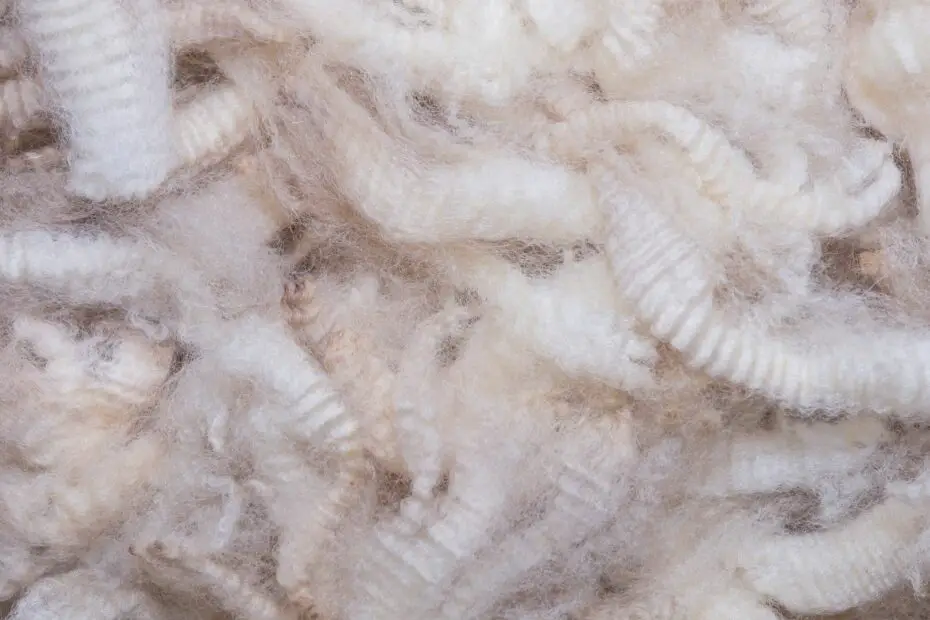
After the garment is dry, reshape it to its original size and lay it flat. Gently stretch and smooth out any wrinkles or creases. This will help the garment retain its shape and avoid any unwanted shrinkage.
Store Properly
When not in use, merino wool garments should be stored in a clean, dry place away from direct sunlight and moisture. Avoid folding the garments too tightly, as this can create creases and wrinkles. Instead, loosely roll them up to prevent any permanent lines.
Following these best practices for drying merino wool will help preserve the fabric’s integrity and extend the lifespan of your garments. By ensuring proper care and handling, you can continue to enjoy the exceptional comfort and performance of merino wool for years to come.
FAQ
Will merino wool shrink if I put it in the dryer?
Yes, it is possible for merino wool to shrink if you put it in the dryer. Merino wool is a delicate fabric that is prone to shrinking when exposed to high heat. To avoid shrinkage, it is recommended to air dry merino wool garments or use a low heat setting on the dryer.
What happens if I accidentally put my merino wool sweater in the dryer?
If you accidentally put your merino wool sweater in the dryer, there is a high possibility that it will shrink. The high heat and tumbling action of the dryer can cause the wool fibers to contract, resulting in a smaller and tighter garment. It is best to reshape the sweater and lay it flat to dry to prevent any shrinkage.
Can I shrink my oversized merino wool sweater by putting it in the dryer?
While it is possible to shrink an oversized merino wool sweater by putting it in the dryer, it is not recommended. The shrinking process is unpredictable, and you may end up with a sweater that is too small or misshapen. It is better to follow other methods, such as washing the sweater in hot water or using a steam iron, to achieve a more controlled and desired fit.
What is the best way to care for merino wool garments to avoid shrinkage?
The best way to care for merino wool garments and avoid shrinkage is to hand wash them in cold water with a mild detergent. Avoid twisting or wringing the garments, as this can damage the delicate wool fibers. After washing, gently squeeze out excess water and reshape the garment, then lay it flat to dry. If machine washing is necessary, use a gentle cycle with cold water and air dry the garment instead of using the dryer.















